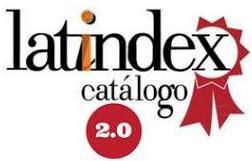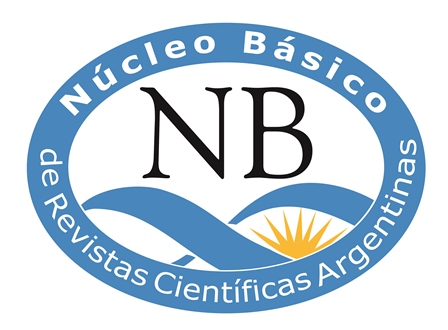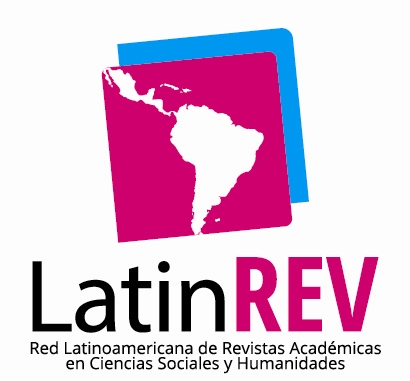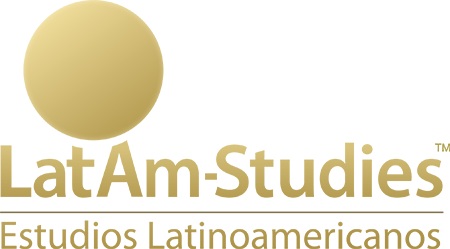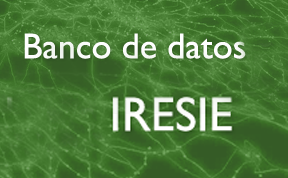Embedding discussion throughout inquiry
DOI:
https://doi.org/10.14409/cya.v0i34.11356Keywords:
didactics of history, didactics of social sciences, inquiry, dialogueAbstract
This chapter introduces inclusive dialogue as an essential element in history and social studies lessons, and offers techniques for making it an everyday practice in the classroom. It is based on the experience of the Read.Inquire.Write. project, in which researchers and teachers developed an inquiry-based history and social sciences curriculum. Taking Mr. Kabat's classroom as an example, the role of dialogue in different phases of disciplinary work is illustrated, and it is shown how a constant rotation of participation structures (direct teaching, individual work, small group conversations and plenary dialogue) can foster inclusive learning. The techniques that Mr. Kabat and his colleagues use to facilitate moments of dialogue in plenary are described; as well as the work they do at the beginning of the school year to form a community and establish norms and expectations conducive to dialogic and inclusive learning the rest of the year.


